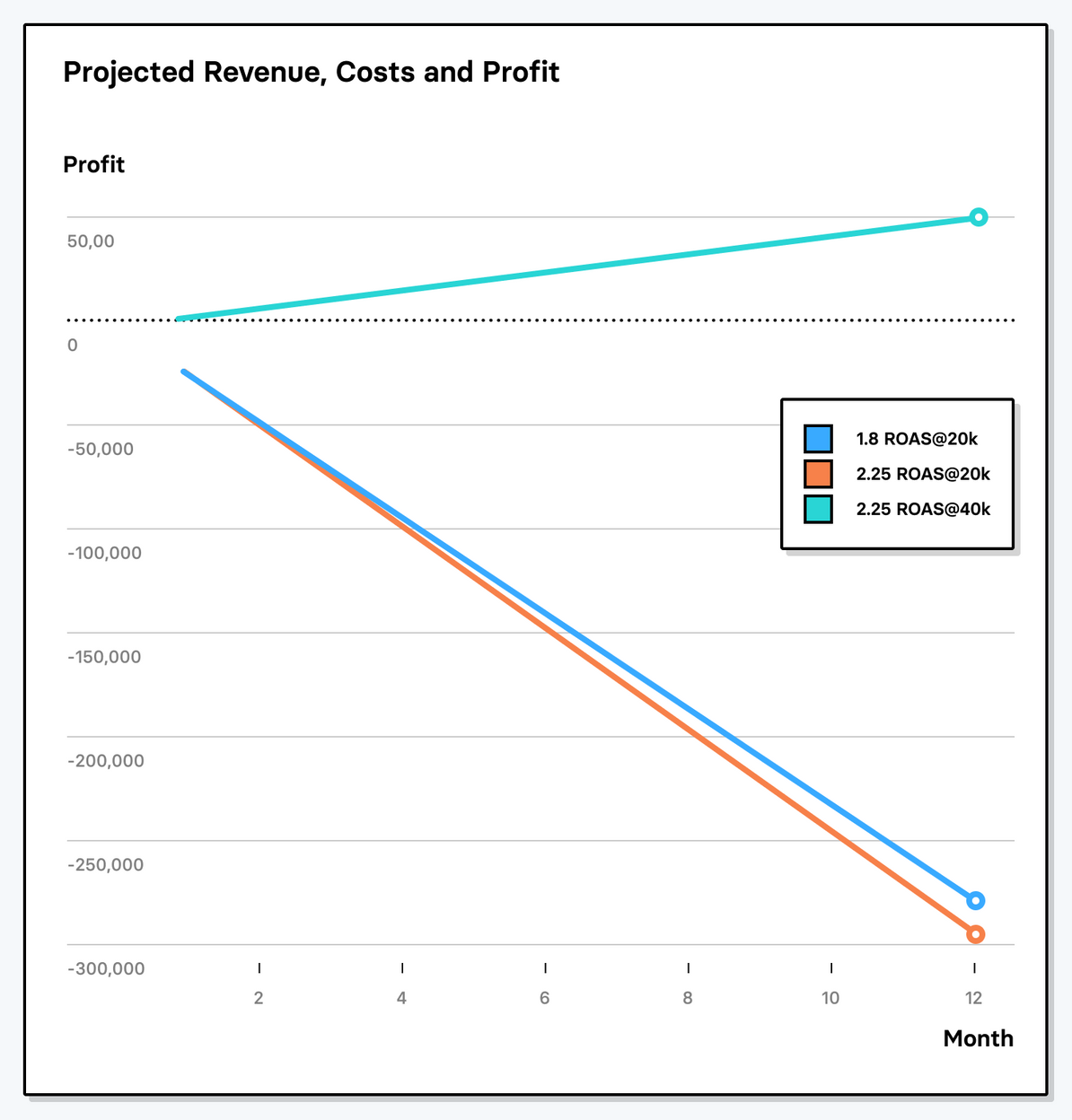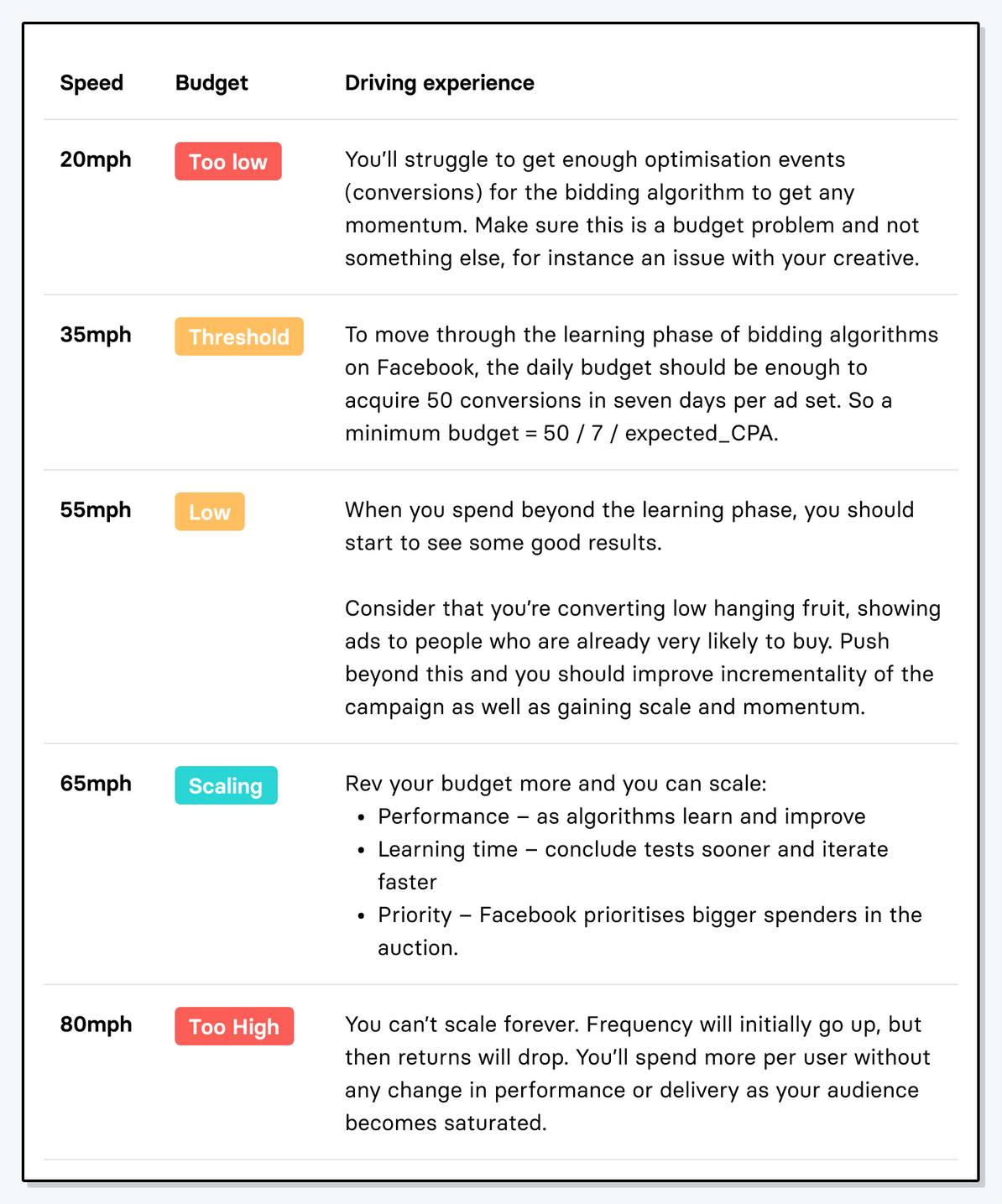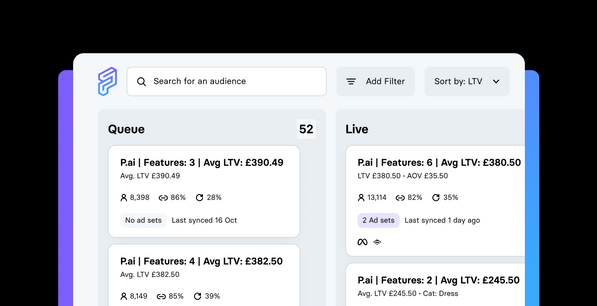Now we’ve looked at Data and Creative, there’s one more lever to pull on.
- Money – budget to generate sustainable growth.
Recently, I’ve been curious about how big brands manage their ad budgets. How do you negotiate multiple departments, several stakeholders – each with their own agenda – and no playbook to guide you?
I realised that to drive media performance and set a budget that’ll yield sustainable growth, you need to focus on the system behind your budget.
So let’s forget about the budget itself for a moment.
Optimise the system behind your budget.
Think of influencing your ad budget at three levels:
- Defining the right budget to support goals
- Managing the distribution of budget between teams and platforms
- Actual spending of the budget in the ad platforms
Different stakeholders are involved at each level, and they all need to be singing from the same hymn sheet. Is the person setting the budget working from the same rulebook as the person spending the budget?
You can break this system down into four focus areas:
- Avoid the cost-cutting death spiral.
- Calibrate your budget speedometer.
- Ensure there’s ‘enough’ test budget.
- Go for incrementality!
1. Avoid the cost-cutting death spiral.
What’s the cost-cutting death spiral? Imagine you’re performing at a low return on ad spend, so you’re tasked to drop your spend in the hope your ROAS goes up. This actually negatively impacts your profit as you’re now generating less overall revenue.
If you need to improve performance, do the opposite. Up your budget. You’re likely to be better off, with higher spend and mediocre ROAS than low spend and mediocre ROAS.
Let’s take an imaginary startup. Here are three different scenarios.
- Blue Scenario – When projecting to spend £20,000 at a return on ad spend of 1.8, you’ll lose money. The revenue from your ads doesn’t offset the costs from the campaign, products, your salary etc.
- Orange Scenario – You’re asked to achieve a better return on ad spend with less spend. You’ll lose even more money as your costs are now higher than your revenue. The slight increase in return on ad spend hasn’t offset this.
- Green Scenario – You ask for double the budget and promise to deliver at the same return on ad spend. You’re now pushing your revenue far beyond your costs and you’re profitable.
To ensure you’re operating in the green, it’s important campaign managers and other business stakeholders understand the relationship between performance and budget, and the impact that has on profitability.
2. Calibrate your budget speedometer.
What’s the best speed to spend at?
These budget ranges are dynamic and will vary across platforms and strategies. Iterating with budget amounts will help you get a good sense of these ranges. If you’re confident in these ranges for your business, be ready to reset your learnings when iOS 14.5 drops!
When (re)learning your ranges, make sure you start somewhere around Scaling. Then adjust by changing budgets every few days. Do this in increments of 10 or 20% up/down. We’ve found that Facebook won’t reset the learning phase with these small changes. You can do this through Automated Rules.
The clearer you are on your budget-performance speedometer, the better you can influence budget decisions made higher up in the business.
3. Ensure there’s enough test budget.
Experimentation is proven to pay off..
Test and learn is the best way to outperform your competition. If you’re not already, make sure you have a % of your budget set aside for experimentation and a testing plan with hypotheses and timelines.
When you run tests, communicate clear expectations with stakeholders. You’ll need to include scenarios in which tests have to be ended right away, and in which others require patience.
Position your testing budget as an investment in your business’s future. You won’t cash in the next day but over time, it will bring you revenue increases.
Just share this study if you need justification.
4. Go for incrementality!
Incrementality – still the most important and most underrated concept in advertising.
Proving that your ads caused people to buy because of your ads is hard, yes. But it’s worth it. You’ll need a holdout group that doesn’t see your ads, and navigate the post-cookie testing ground.
Campaign managers are best placed to drive the incrementality push.
As drivers, they’re closest to the tools and techniques to test and prove for incrementality. With data to back up their arguments, they can educate upstream or run isolated tests to prove the difference in business outcome e.g. optimise for incrementality vs. last-click conversions.
When we adopted an incremental approach at Treatwell, we went from 15% year-on-year growth to hyper growth before the pandemic.
In a post-cookie world, incrementality testing will inevitably be harder. The best way seems to do it geographically.
By taking the exposed group as one geographical area and the holdout area on a different area, you can compare performance uplift to the bottom line per area. No need for cookies or other tracking solutions.
Targeting is going away. Not for us.
At Programmai, we show you what makes your best customer, then help you find more of them – incrementally.
Connect your first party data with Programmai and we’ll predict customer lifetime value and likelihood to buy. Build predictive, first party lookalike audiences in a few clicks to gain an edge in the ad platforms.






